R.I.C.E.

If you’ve got knee pain, try a rehab method athletes use: R.I.C.E. This acronym stands for Rest, Ice, Compression, and Elevation. These things all come together to encourage your body to increase blood flow to your hurt areas, lower inflammation in those areas, and heal itself. Grab an ice pack or a knee compression sleeve if you want to try out R.I.C.E.
Tai Chi

Taking Tai Chi classes will do a lot for your whole body, but they work especially well for aching knees. The classes will strengthen the muscles you use as you go about your life and improve your balance. You may also be surprised that it teaches you how to move in a way that is healthier for all of your joints. Tai Chi is so great for your knee health that a Harvard study claims it might even be on par with physical therapy.
Exercise

If you don’t use your knee, it will atrophy, or waste away. You have to work to keep it strong. One great way to make sure it stays healthy is exercise. You don’t have to become an Olympic powerlifter to have stronger knees, though. Step ups and wall squats are great ways to improve your knee health. Try not to avoid exercise, even with your knee issues. Instead, try to find that sweet spot where you’re exercising it just enough.
Hot and Cold Therapy
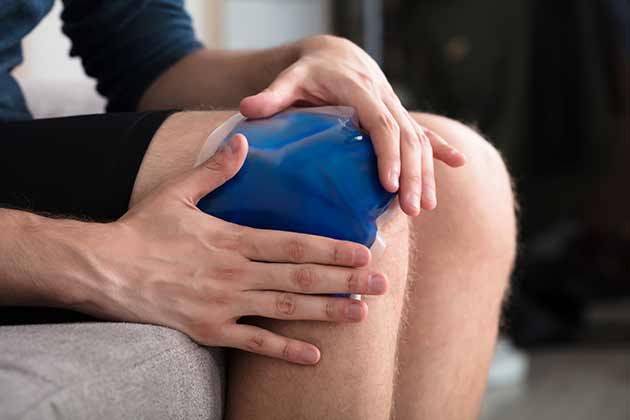
Hot and Cold Therapy are great ways to promote healing in your knees. Heating pads will increase blood flow, reduced stiffness, and improve flexibility. Cold therapy will temporarily reduce inflammation and pain. To use these two methods, apply a hot or cold pad for no more than 20 minutes at a time.
Swimming
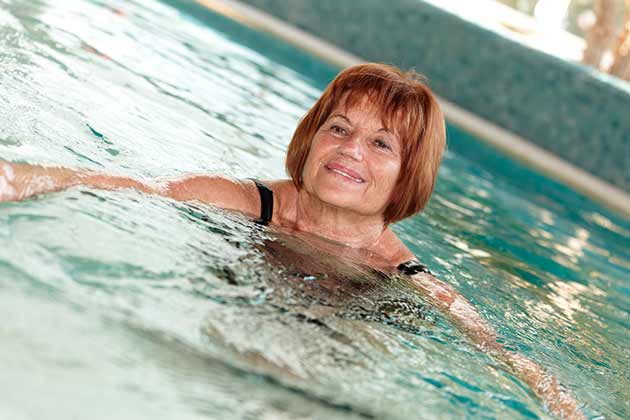
If you want to improve your ability to move without pain, you’ll need to increase your flexibility and strength. Swimming is one of the best ways to do that. You’ll be in the water so you won’t have to worry about any harsh impact on your knees. There are so many methods of swimming that we’re sure you’ll find something that works great for you.
Avoid an Idle Lifestyle
Weight Management

We know it’s uncomfortable, but we have to talk about it. Carrying around extra weight is bad for your health. No, you don’t have to starve yourself so you can look like the models in commercials, but you should be conscious of your weight. One of the problems it’s causing is extra stress on your knees. That stress only grows as time goes on. Every pound you lose on your path to get healthier will relieve pain. You shouldn’t try fad diets, though. Just try to generally eat healthy while being active for a few hours every week.
Massage
Use a Walking Aid
Cushioned Shoes

Putting on a new pair of comfy shoes is one of the best feelings in the world. If your knee pain has been getting worse, your shoes may need replacing. They might not have been the best shoes in the first place or the cushion may have worn out. Either way, investing in a new pair will help take the stress off your knees and lower back.
Avoid Rough Activities

If you’ve got a bad knee, you should avoid high-impact activities. These high-impact activities include most sports and some fitness activities like running. You don’t want to do anything to jar your knees. If you just have a temporary knee injury, this may just be a short break for you. If you have chronic pain, you might want to look into a new fitness hobby like biking, swimming, or Tai Chi.
Physical Therapy

It shouldn’t come as a surprise to anyone that physical therapy will help us all through our injuries. A physical therapist will craft a plan specifically for you. They’ll make sure you’re doing exercises correctly, tailor them to your fitness level, and help you regain as much functionality as possible.
Epsom Salt Bath

Who doesn’t love a good bath? We sure do. Add some Epsom salt and you’re set; it’ll help relieve pain and swelling. Even if you don’t use Epsom salt, soaking in warm water is a great idea.
Watch Your Posture
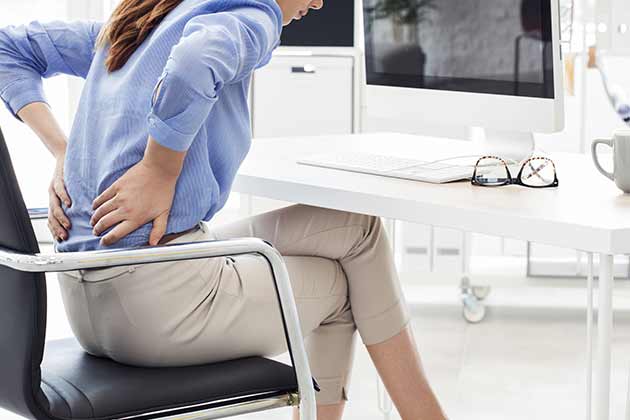
When sitting, you want your feet flat on the ground, your knees at a 90-degree angle, and your back straight. When standing, try to avoid slouching. Slouching while standing or sitting will move stress off of your muscles, which are supposed to absorb impact, adapt to stresses, and support your body, and onto parts of your body not designed to absorb impact. This is a big reason why many people have knee and back pain. Correcting your posture is one of the best ways to prevent chronic pain.
Stretch

Whether you’re an active person or not, you should be stretching. Focus on your calves, hamstrings, and quadriceps because these all have an impact on the health of your knees. Improving your flexibility will make your body more resilient, so try it for a few days. You’ll see a decrease in knee pain.
Willow Bark

A study in 2001 found that people that have arthritis found pain relief in willow bark. It’s important not to take willow bark if you’re allergic to aspirin or if you’re taking blood thinners.
Ginger Extract
Glucosamine and Chondroitin Sulfate

When taken together, these two supplements can help those who suffer severe joint pain in their knees. That being said, more research is necessary to figure out if it affects those with mild to moderate arthritis in their joints.
Acupuncture
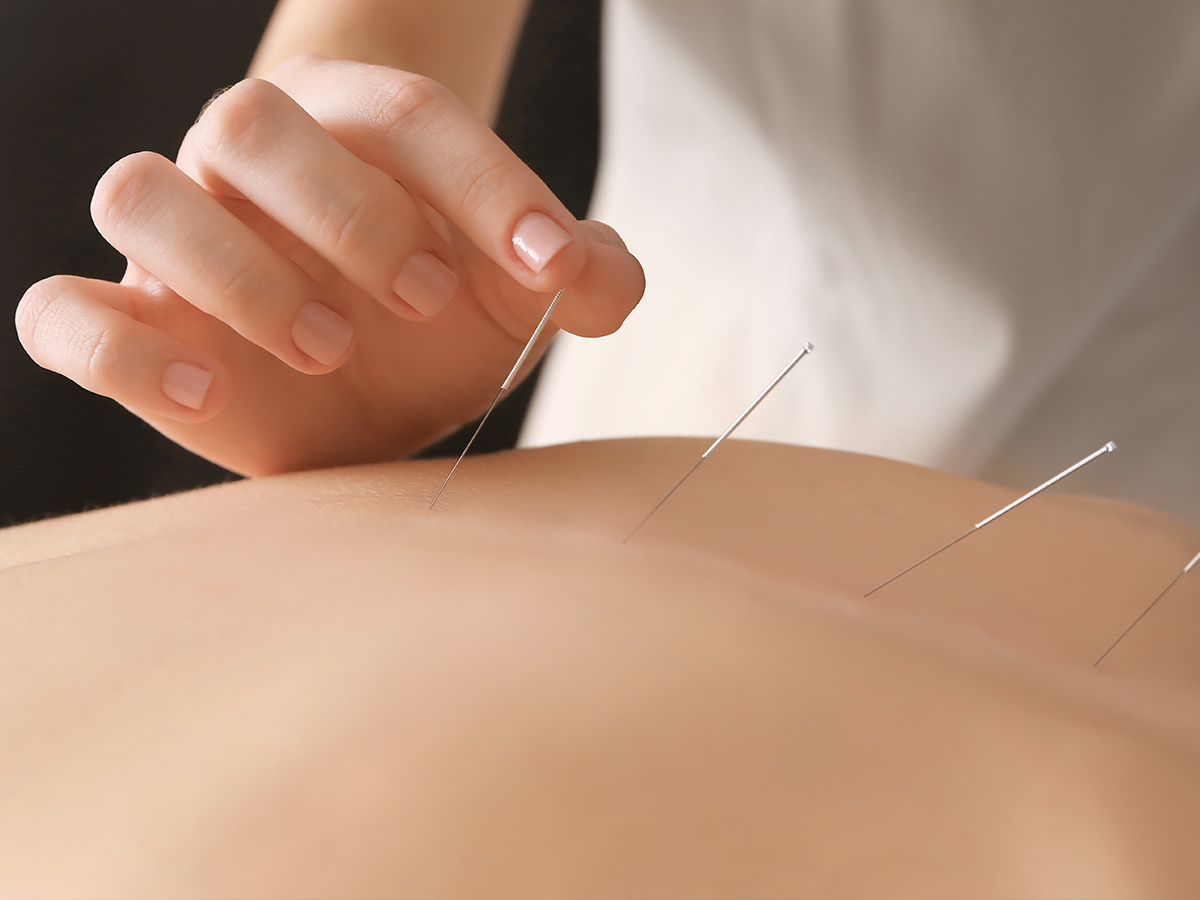
Acupuncture is an age-old therapy which can help patients that experience pain and stiffness due to arthritis. Traditional Chinese medicine suggests that acupuncture can help direct qi within the body, while scientists say that it releases endorphins and enkephalins, which suppress pain.
Cannabidiol

Recent studies have shown that cannabidiol, or CBD, is extremely helpful in controlling pain. The oil, when ingested, can reduce pain, inflammation, and discomfort from a variety of conditions, including joint pain. It’s made from cannabis but lacks THC.
SAM-e
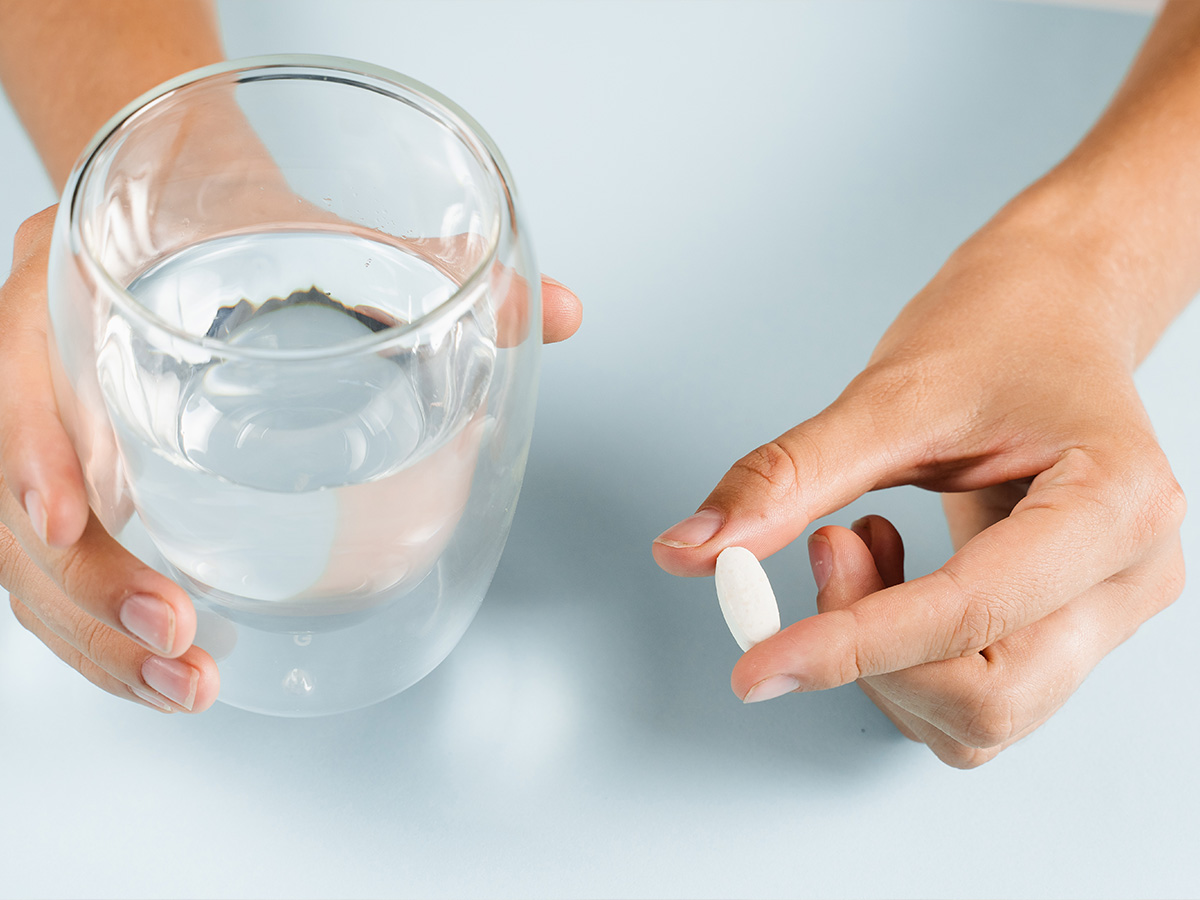
SAM-e, or S-adenosylmethionine, is a pain reliever with anti-inflammatory properties. Some studies found that it may also stimulate cartilage growth while others discovered that it affects the neurotransmitters to reduce pain perception.
Turmeric
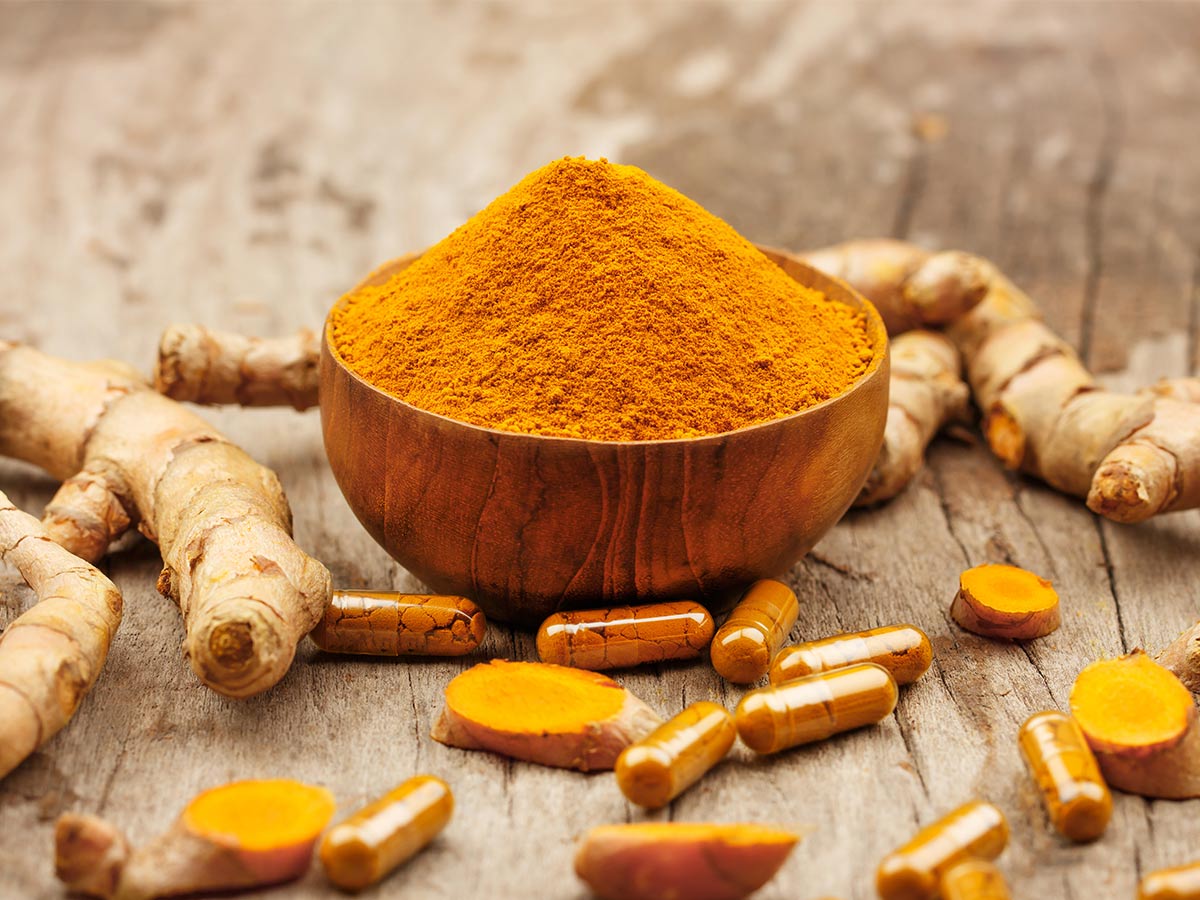
Turmeric is a common spice that has been used as a spice and medicinally for centuries. One of the best medicinal ways it's been used is as an anti-inflammatory. It helps reduce joint pain and swelling by blocking cytokines and enzymes.
Boswellia Serrate

Boswellia Serrate is more commonly known as Indian Frankincense. It has anti-inflammatory and pain-relieving properties which can help those with knee pain. Some studies have also found that it can help prevent cartilage loss.
Omega-3 Fatty Acids

Omega-3 fatty acids can do more than most realize. When consumed, the body converts it into a powerful anti-inflammatory. Taking fish oil can significantly decrease joint tenderness and stiffness, which is excellent for anyone with arthritis in the joints.
Cat’s Claw
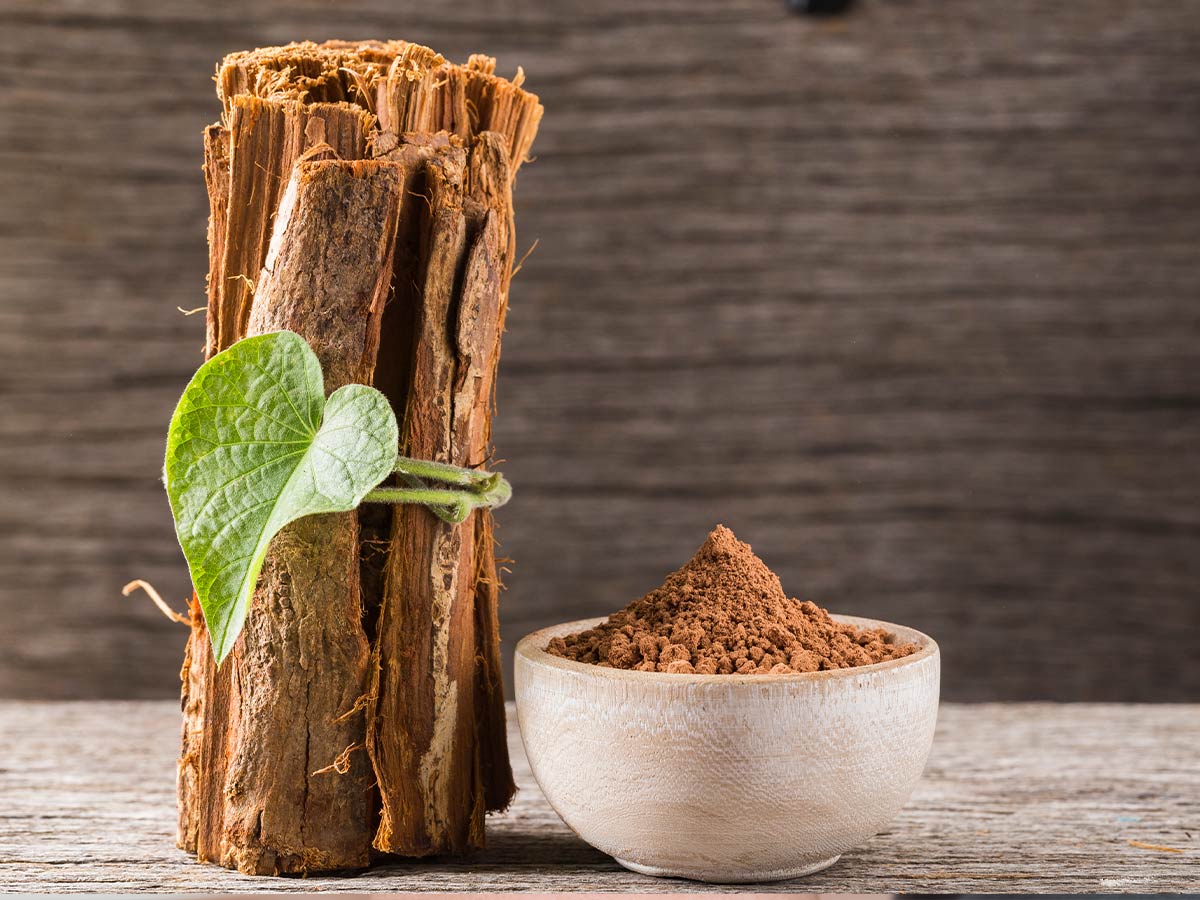
Cat’s claw is an anti-inflammatory that inhibits tumor necrosis factor (TNF). A study found that it helped reduce swelling and joint pain when used regularly. Just make sure to look for a brand that’s free of tetra-cyclic oxindole alkaloids.
Capsaicin Creams
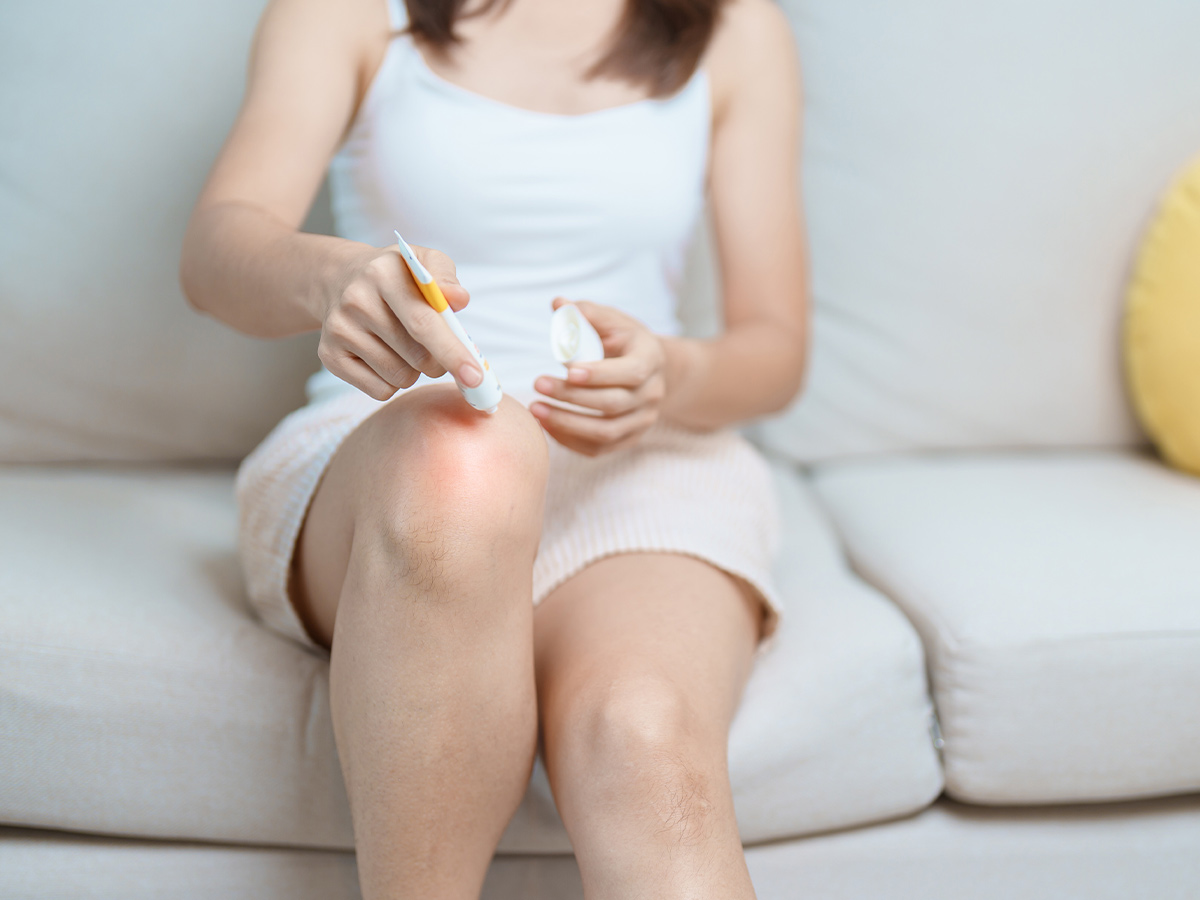
Capsaicin is the chemical in peppers that sets your mouth on fire. It’s also a great ingredient to help temporarily relieve pain. Several studies have found that users can see a significant decrease in pain when used regularly as a cream, gel, or patch.
Gamma Linolenic Acid
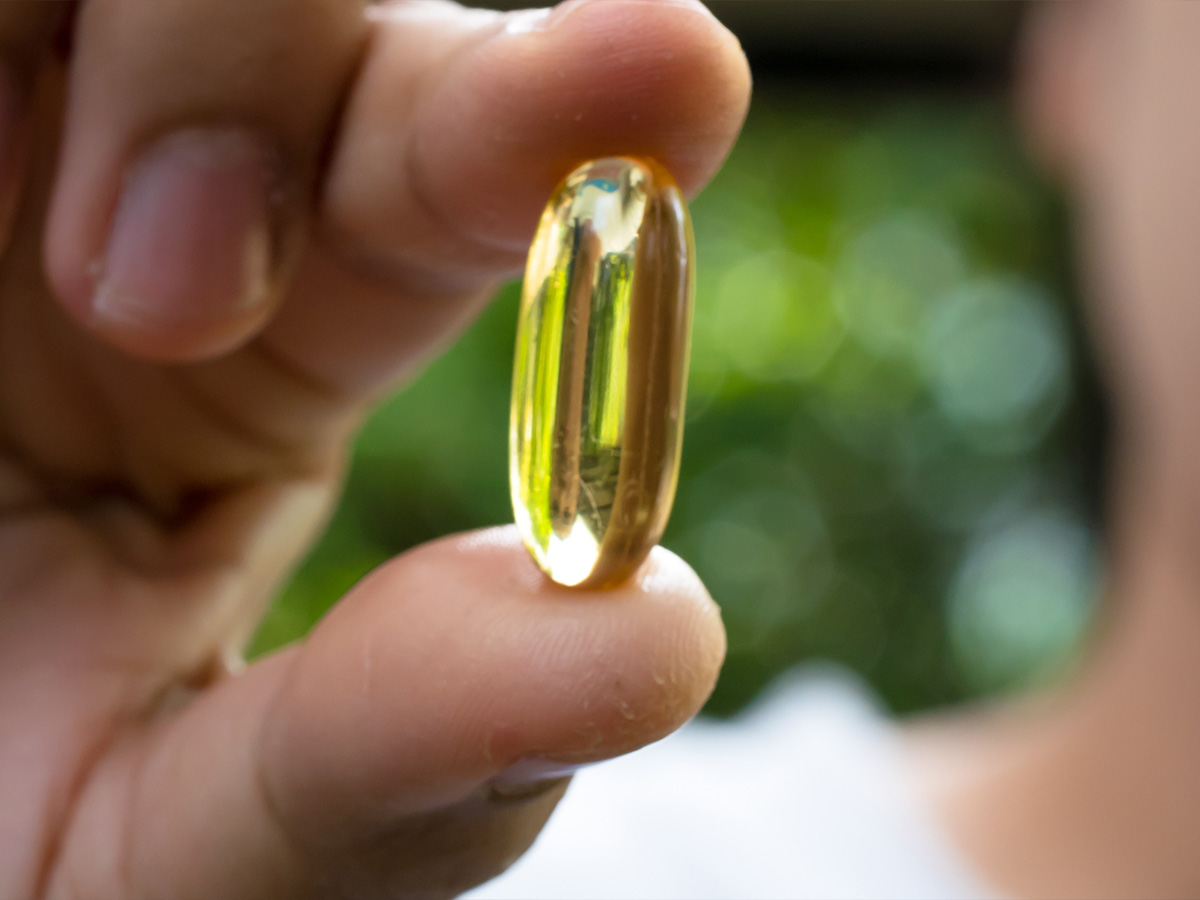
Gamma Linolenic Acid (GLA) is an omega-6 fatty acid. The body uses this ingredient to create an anti-inflammatory. One trial showed that those with RA saw an improvement in joint stiffness and pain after six months of using GLA.
Corticosteroids

Corticosteroids aren’t supposed to be used long-term, but they’re particularly useful for those seeking short-term relief. It’s similar to the body’s own natural cortisone, which helps control inflammation. It’s particularly useful for anyone that has arthritis.
Aleve

Over-the-counter medications are helpful. While Tylenol may work for some, Aleve is often the best choice for those that suffer from joint pain. It’s an oral NSAID that helps reduce pain and improve function. Some doctors may prescribe naproxen, which is the generic name for Aleve.
Cognitive-Behavioral Therapy
 Author
Jennifer Freehill
Last Updated: December 16, 2025
Author
Jennifer Freehill
Last Updated: December 16, 2025




